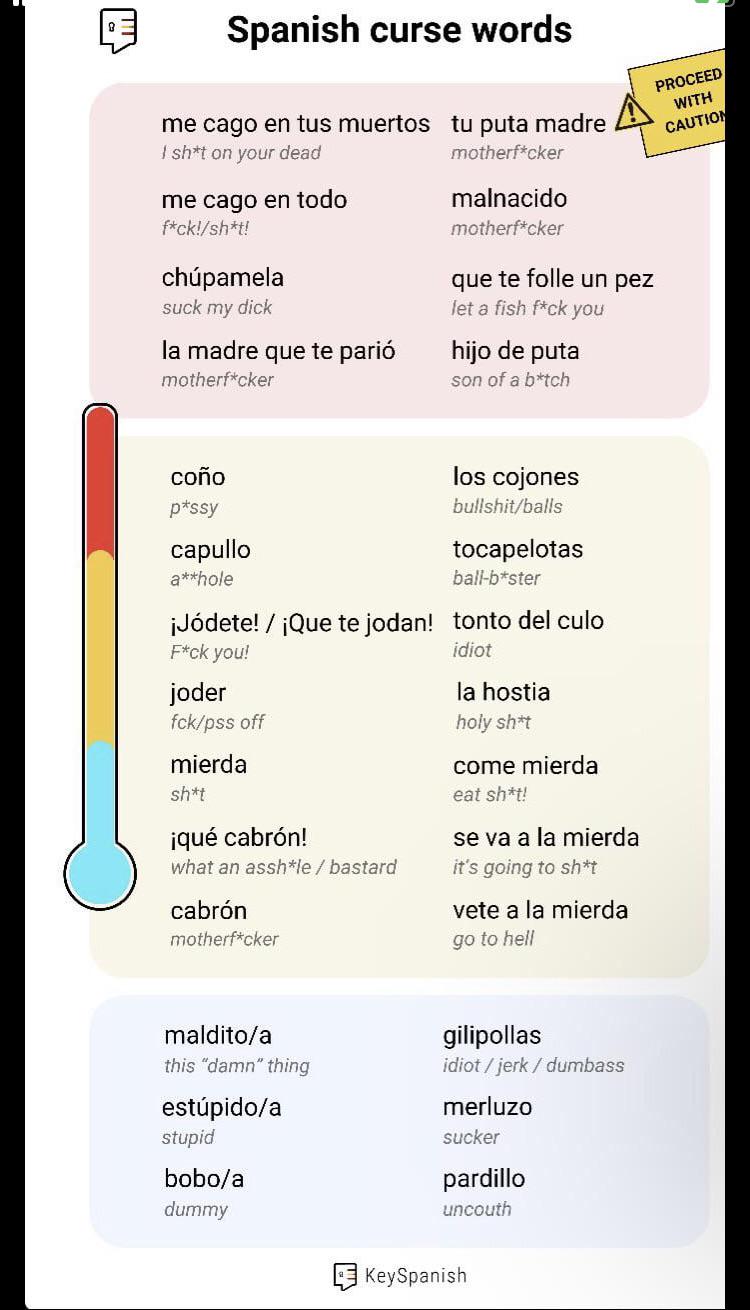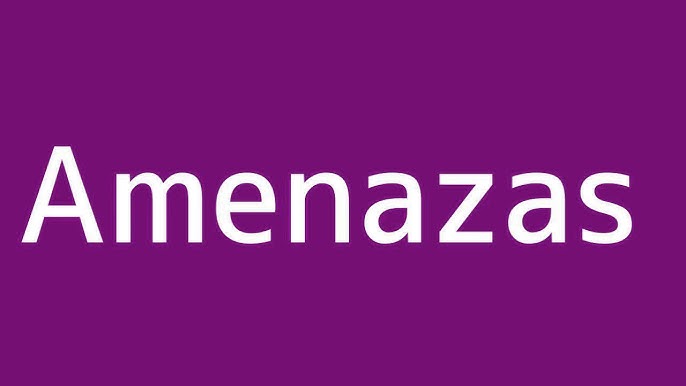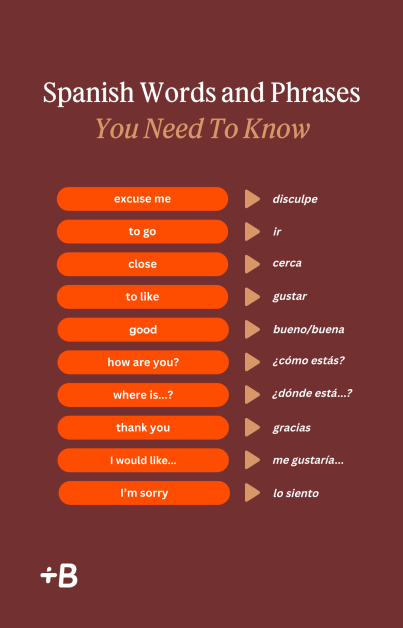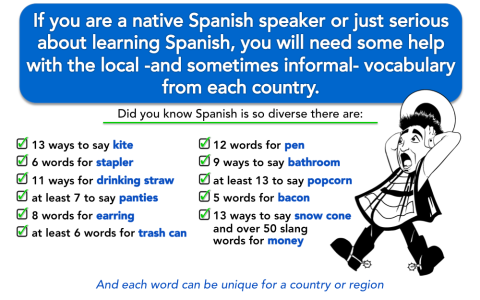Alright, let me tell you about something I dug into recently with my Spanish learning. It sounds a bit weird, but I got really focused on understanding threats in Spanish. Not because I wanted to use them, obviously, but because I hit a wall trying to follow certain movies and shows.

I started watching this Spanish crime series, really gritty stuff. Loved the story, but man, during the intense standoffs or arguments, I felt lost. The subtitles gave me the gist, like “He threatened him,” but I wasn’t catching the actual words, the flavor of the threat, you know? It felt like I was missing half the tension.
So, I decided I needed to figure this out. My first move was pretty basic. I just grabbed my phone and looked up “threat” in a translator. Got “amenaza”. Okay, cool. Wrote it down. But then watching more scenes, “amenaza” didn’t always seem to fit the raw, angry stuff characters were shouting.
That’s when I started really paying attention. I’d literally pause the show when things got heated. If I heard something that sounded menacing, I’d rewind, listen again, and try to jot it down phonetically if I had to. Then I’d look that specific phrase up. It was slow going at first.
I started picking up common phrases. Things like “¡Cuidado!” which just means “Careful!” or “Watch out!”. But the key thing I learned fast was context and tone. The way someone hissed “¡Cuidado!” could make it way scarier than a simple warning.
Then there were the more direct ones. Stuff like “¡Vas a ver!” or “¡Ya verás!” which basically translates to “You’ll see!” or “You’re gonna get it!”. Those popped up a lot in arguments. I started keeping a little mental list, or sometimes scribbled notes.

Figuring Out the Nuances
It wasn’t just about direct translation. I realized some phrases were more like warnings, others were clear promises of violence. I remember hearing stuff involving verbs like “pegar” (to hit) or even “matar” (to kill), and those were obviously serious. It helped me gauge the level of danger in the scene.
I also started noticing conditional threats, you know, the “If you do X, then Y will happen” kind. Like “Si vuelves aquí…” (If you come back here…). Understanding those structures helped follow the plot logic too.
To get a better handle on it, I sometimes checked language forums or asked a Spanish-speaking acquaintance online. Just described the scene and the phrase and asked, “How serious does this sound to you?”. That really helped clarify the subtle differences that translation apps miss.
My Little Collection
So, over time, I built up this little collection in my head, not super organized, but more like categories:
- Simple warnings: ¡Cuidado!, ¡Ojo!
- Vague but menacing: ¡Vas a ver!, ¡Ya verás!, ¡Te vas a arrepentir! (You’ll regret it!)
- More direct action threats (depending on context and verbs used).
- Formal threat word: Amenaza (which I now recognized more in news reports or very formal confrontations in shows).
It was a strange little project, focusing on the negative side of language. But honestly? It massively improved my understanding of those crime dramas and action flicks. Now when a character delivers a threat, I actually feel the weight of the words, the specific level of danger they’re conveying. It wasn’t about learning to be threatening myself, but about understanding the full emotional range of the language in the media I enjoy. Kinda interesting how diving into even the unpleasant parts of a language helps you get the bigger picture.




